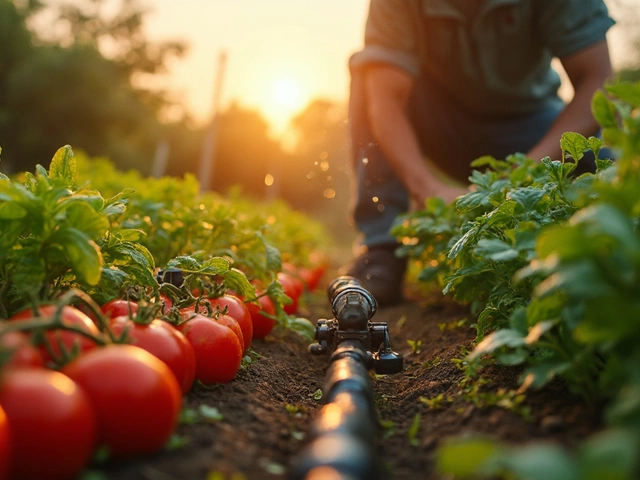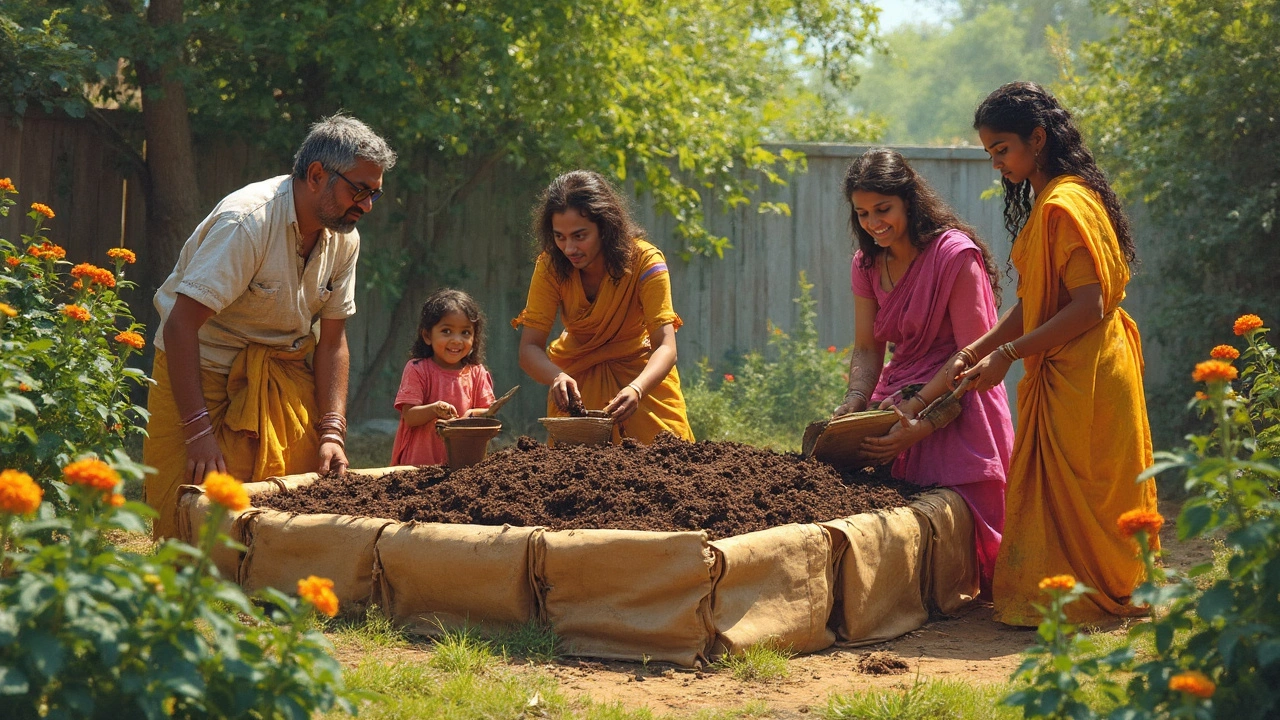Cheap Soil Fill: Budget‑Friendly Ways to Build Great Garden Beds
Running out of good soil can stall any gardening project, but you don’t have to spend a fortune. Cheap soil fill is simply any low‑cost material you can blend into a healthy growing medium. The trick is to pick the right stuff, mix it properly, and avoid hidden problems like contaminants or compaction.
Where to Find Cheap Soil Fill
Local construction sites often have surplus topsoil or sub‑soil that they toss out for free. Ask the foreman if you can take a truckload; most will let you if you’re polite and promise to haul it away. Municipal compost centers also sell bulk compost at a few rupees per kilogram – it’s cheaper than bagged versions and far richer in nutrients.
Don’t overlook old garden beds that have become compacted. Scoop the material out, break it up, and reuse it after adding a handful of organic matter. If you live near a river or lake, you can collect sand and loam, but test it first for salts or pollutants. Finally, consider agricultural waste like rice husk ash or coconut coir – they’re lightweight, cheap, and improve drainage when mixed correctly.
How to Prepare and Use Cheap Soil Fill
Start by assessing the fill’s texture. If it feels heavy and clay‑like, blend it with sand or coarse organic material to boost aeration. A good rule of thumb is one part cheap fill to one part compost or well‑rotted manure. For sandy fill, add a bit of compost and a pinch of garden‑grade vermiculite to retain moisture.
Before you spread the mix, clear the planting area of weeds, stones, and old roots. Loosen the native soil to a depth of at least 12 inches; this allows the cheap fill to integrate and prevents future settling. Lay the blended fill in layers of 4‑6 inches, gently tamping each layer with a garden fork. This step removes air pockets and improves contact with the existing soil.
Water the newly filled beds thoroughly after the final layer. A good soak settles the mixture and signals any drainage issues early on. If water pools, add more sand or perlite to improve flow. Over the next few weeks, monitor plant vigor; a quick green-up means your cheap fill is doing its job.
Remember a few safety tips: never use soil that smells of chemicals, looks oily, or comes from a contaminated site. Always wear gloves while handling soil from construction zones, as it may contain sharp debris. And keep the fill away from vegetable beds if you’re unsure about its purity – use it for ornamental plants or pathways instead.
With these steps, you can stretch your garden budget and still give plants a fertile home. Cheap soil fill isn’t a shortcut; it’s a smart way to recycle resources, cut costs, and stay eco‑friendly. So next time you need more soil, think locally, mix wisely, and watch your garden thrive without breaking the bank.
How to Fill a Raised Garden Bed Cheaply: Soil Hacks That Save Big
Need to fill up a raised garden bed without dropping a ton of cash? This article covers dirt-cheap methods to get the job done, including what to use as bottom layers, where to get free or cheap soil amendments, and how to boost your soil quality on a shoestring. You’ll learn which materials are safe and which to skip. Save cash, recycle smart, and grow better plants with easy-to-follow tips.
About
Soil Improvement
Latest Posts


Top Plants for a Sustainable Garden: Eco-Friendly Choices That Thrive
By Alden Thorne Jul 6, 2025

Broccoli Farming in India: Profit Secrets, Tips, and Market Dynamics
By Alden Thorne Aug 7, 2025

Why Do We Cry While Cutting Onions? Exploring the Science and Solutions
By Alden Thorne Feb 27, 2025

